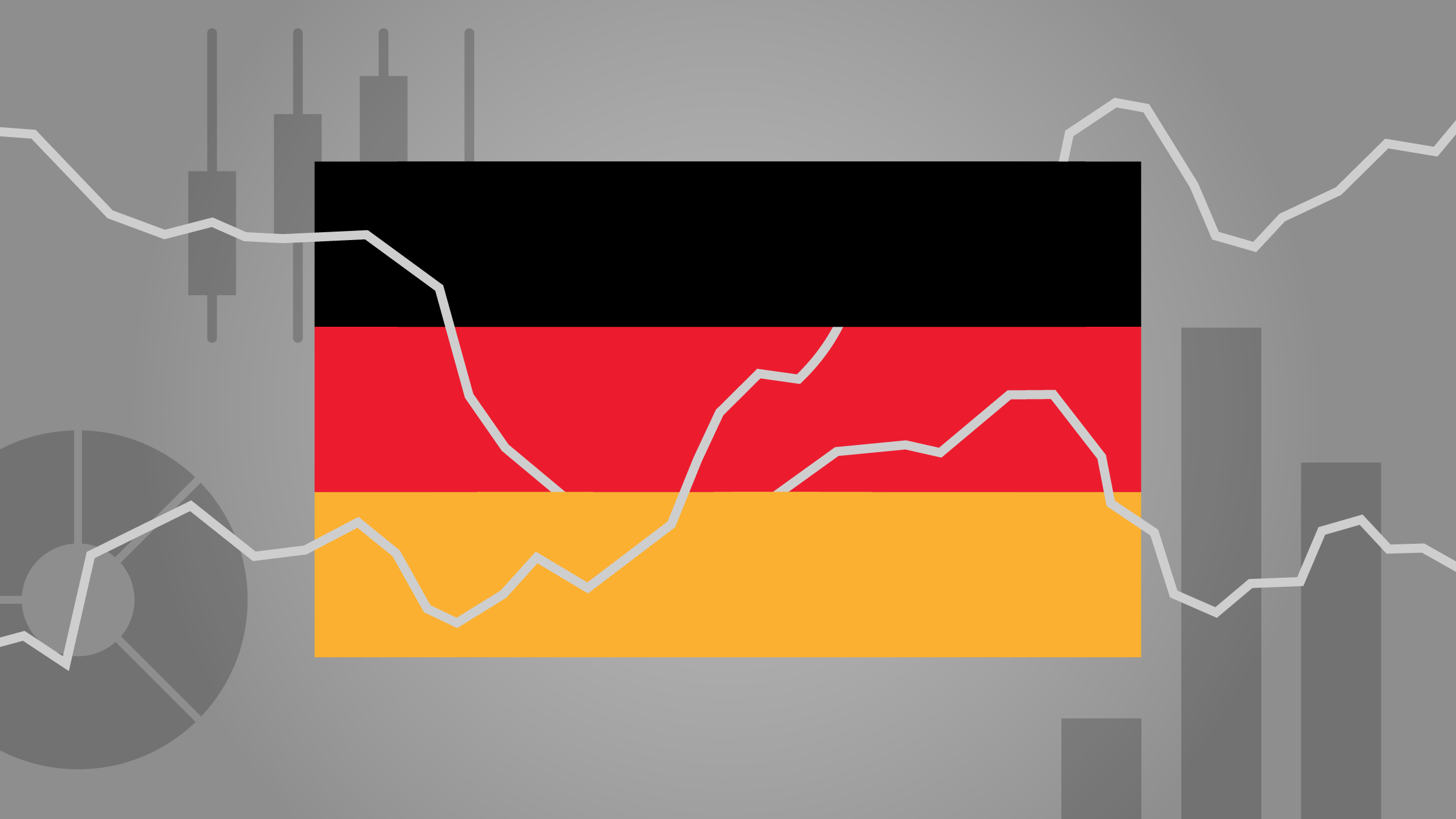Rolle im Portfolio
Despite its name, the EasyETF iBoxx Liquid Sovereigns Global ETF does not offer investors exposure to the “global” but rather to the Eurozone government bond market. It is an ETF covering the whole maturity spectrum and tracking an index that aims to capture a liquid view of the market. As such it is likely to work best as a core fixed income building block of a Eurozone-centric investment portfolio, offering the necessary counterweight to Eurozone equity exposure, particularly useful at times of economic downturn. Would-be investors need to be aware that the benchmark index this ETF tracks is heavily weighted to France and Italy.
Its use is not necessarily restricted as a safeguard against rocky economic times. Indeed, in most cases fixed income holdings provide a steady and fairly reliable revenue stream via coupon and redemption payments. Those attracted by this latter property should be advised that this EasyETF fund does not distribute dividends, instead opting to reinvest interest payments back into the fund.
Exposure to the entire maturity spectrum makes this ETF best suited to shield the overall investment portfolio against negative performance effects arising from market shifts across the yield curve, whether near-term tactical or long-term strategic in nature. However, investors with a risk-averse disposition should make sure they are comfortable with gaining exposure to both core and peripheral Eurozone government issuers with an investment grade rating.
This ETF can also work tactically, either as a complement or a hedging tool for investment portfolios with exposure to other geographical areas within the fixed income universe (e.g. UK, emerging European markets). However, foreign exchange considerations would need to be taken into account, particularly so if the ETF is to be used as part of a hedging strategy.
Fundamentale Analyse
Sovereign risk has been shaping pricing dynamics in the Eurozone government bond market since the disclosure of the true extent of the Greek budget deficit in late 2009. The political management of the Eurozone debt crisis over the past two years, although rather haphazard, has produced some relevant events such as the creation of financing vehicles (e.g. the European Financial Stability Facility (EFSF) and its permanent replacement the European Stability Mechanism (ESM) due to start in July 2012) or the establishment of the so-called “Fiscal Compact” – due to come into force in January 2013 – binding 25 EU countries to a stringent set of fiscal responsibility rules.
Despite these relevant political moves, market concerns about the long-term financial health of the Eurozone – particularly so of its peripheral country members – have not disappeared. Granted, the severe tension that affected Italian and Spanish bond markets in late 2011 has subsided significantly, mainly courtesy of European Central Bank action (e.g. three-year LTROs providing unlimited cheap funding to the Eurozone banking sector). Other events, such as the successful completion of the Greek government debt restructuring in March 2012 also helped to avert a nightmare scenario. However, the consensus opinion is that the ESM’s EUR 500bn firepower should be enhanced, possibly doubled, to provide a credible firewall against any future episode of market tensions. Meanwhile, there are concerns surrounding the eventual implementation of the Fiscal Compact.
The call for enhanced financial protection is also predicated on the fact that the economic outlook for the Eurozone into 2012 is one of very sluggish growth. Eurozone GDP fell by 0.3% q/q in Q4-11 and there are significant risks of experiencing a mild technical recession in H1-12. Serious concerns remain that retrenchment in public expenditure programmes imposed at the behest of Germany on its Eurozone peers would leave most economies, but particularly so those in the Periphery, without essential support at a time when the private sector is not yet in a position to take a leading role.
Against this general backdrop, the ECB maintains an accommodative monetary policy stance. The aforementioned acute financial market tensions in H2-11 – not to mention a slowdown in global economic performance – warranted a full reversion of rate hikes back to the historical lows of 1.00% as we write. More importantly, the ECB expanded its programme of non-standard liquidity provision measures with the inclusion of three-year refinancing operations at full allotment against an expanded list of accepted collateral.
Despite all the uncertainty, the upside to Eurozone government bond prices must be judged as fairly limited in the long-run. However, investors considering the Eurozone government bond market may also factor into calculations a potentially substantial drop in issuance in years to come as national governments continue to push forward with budget consolidation programmes, which might provide some floor to valuations.
Indexkonstruktion
The Markit iBoxx EUR Liquid Sovereigns index aims to measure the performance of the “truly liquid” Eurozone government bond market by restricting its basket of constituents to a subset of 30 regularly traded bonds included in the broad iBoxx EUR Sovereign index. Issuing countries are required to have an investment grade rating from at least one of the three main rating agencies. Eligible bonds must have a minimum outstanding of EUR 2bn and a minimum remaining maturity at inclusion of 1.5 years. Also, bonds must not be more than four years old so as to maximise the chances of regular market tradability. As of writing (e.g. mid-March 2012) issuing countries represented in the index were France (e.g. 13 out of 30 constituents), Germany (3), Italy (12) and Spain (2). The index is calculated using consolidated bid/ask prices provided by contributing banks. The index is rebalanced on a quarterly basis at the end of Feb, May, Aug and Nov. Cash received from coupon payments is invested at the end of each month in the money market at EURIBOR less 12.5bps until the end of the following month. Cash from earlier months is also reinvested at the end of each month, until rebalancing when all proceeds are reinvested in the index.
Fondskonstruktion
EasyETF uses physical replication to track the performance of the Markit iBoxx EUR Liquid Sovereigns index. The restricted bond universe which Markit uses to construct its iBoxx liquid indices allows EasyETF to fully replicate the index constituents in its fund, although statistical weightings may differ slightly and this could impact on the fund’s tracking performance at the very margins. The ETF prospectus states that in order to achieve the fund’s investment objective, the fund manager may also act on both regulated or OTC futures markets. This ETF was launched in March 2006 and is domiciled in France. This ETF does not distribute dividends. EasyETF may engage in securities lending in order to optimise the ETF’s tracking performance. All lending activities are carried out under market conditions using the agent services of BNP Paribas Securities Services. Lending operations are fully collateralised, either with cash or securities. We understand that income from these transactions is normally split 50/50 between the fund and the management company.
Gebühren
The annual total expense ratio (TER) for this ETF is 0.15%. This TER is below the mid-point of the typical annual cost range (e.g. 0.12-0.20%) for ETFs from the main European providers tracking indices covering the whole maturity spectrum of the Eurozone government bond market.
Alternativen
The peculiarities of the index this EasyETF fund tracks means there is no like-for-like alternative amongst the range of ETFs from alternative providers offering exposure to the whole maturity spectrum of the Eurozone government bond market. As a result, investors looking for ETF alternatives will have to compromise on market exposure.
Surpassing EasyETF in assets under management (AUM) as well as other liquidity measures (e.g. average traded volumes), we find the Lyxor ETF EuroMTS Global (TER 0.165%) and the db x-trackers iBoxx EUR Sovereigns TR Index ETF (TER 0.15%), both swap replicated vehicles tracking indices encompassing a much wider bond universe (e.g. all investment grade Eurozone issuers).
Also swap replicated and also tracking broader indices, but lagging in AUM terms, we find Amundi’s Government Bond EuroMTS Broad Investment Grade ETF (TER 0.14%) and Comstage’s iBoxx EUR Liquid Sovereign Diversified Overall ETF (TER 0.12%).
Those looking for physically replicated alternatives can consider the iShares Barclays Capital Euro Treasury Bond ETF (TER 0.20%) or the actively-managed Source PIMCO European Advantage Government Bond ETF. The latter tracks an in-house bond market index where issuers are weighted by GDP rather than market capitalisation. These innovations come at a higher management cost (TER 0.30%).
















